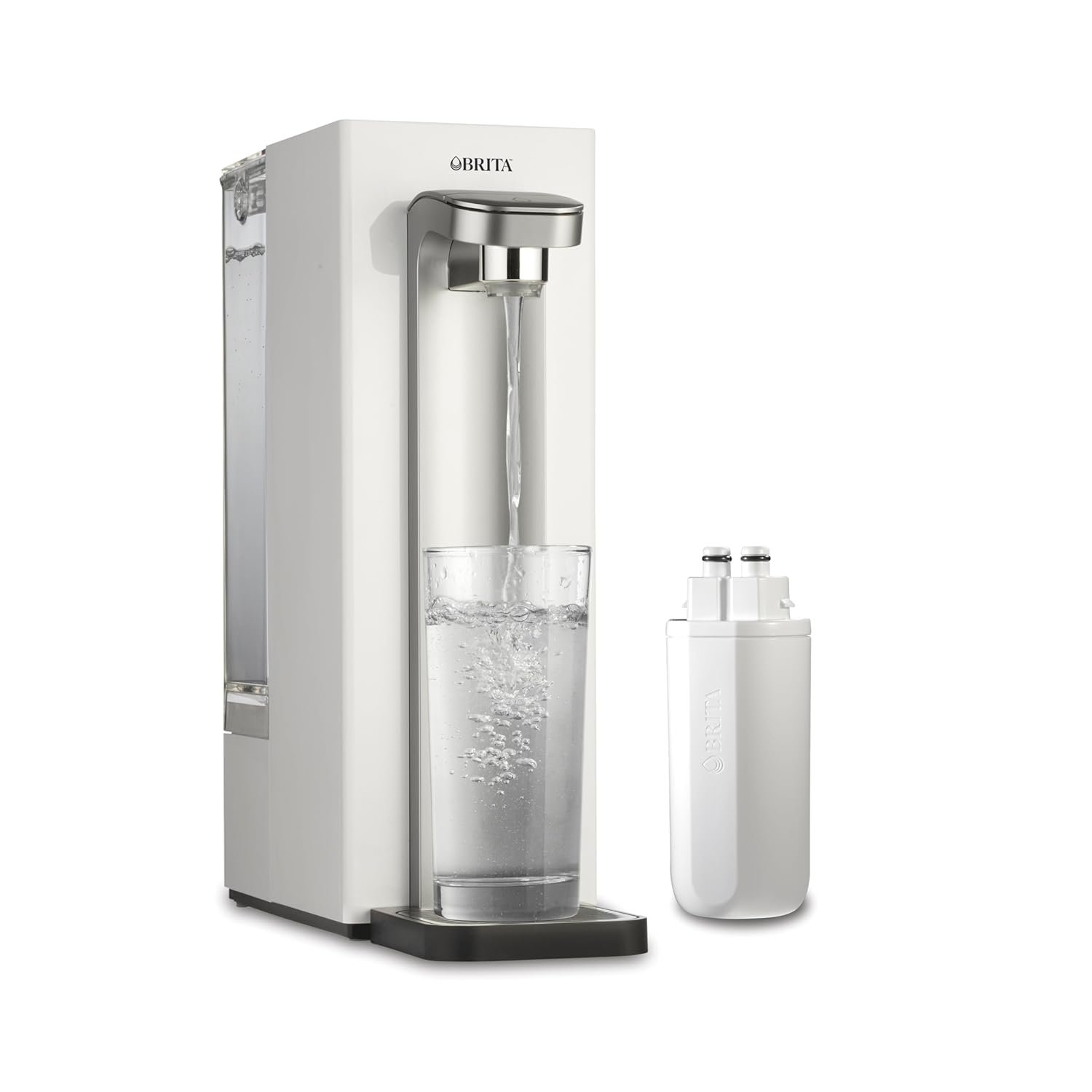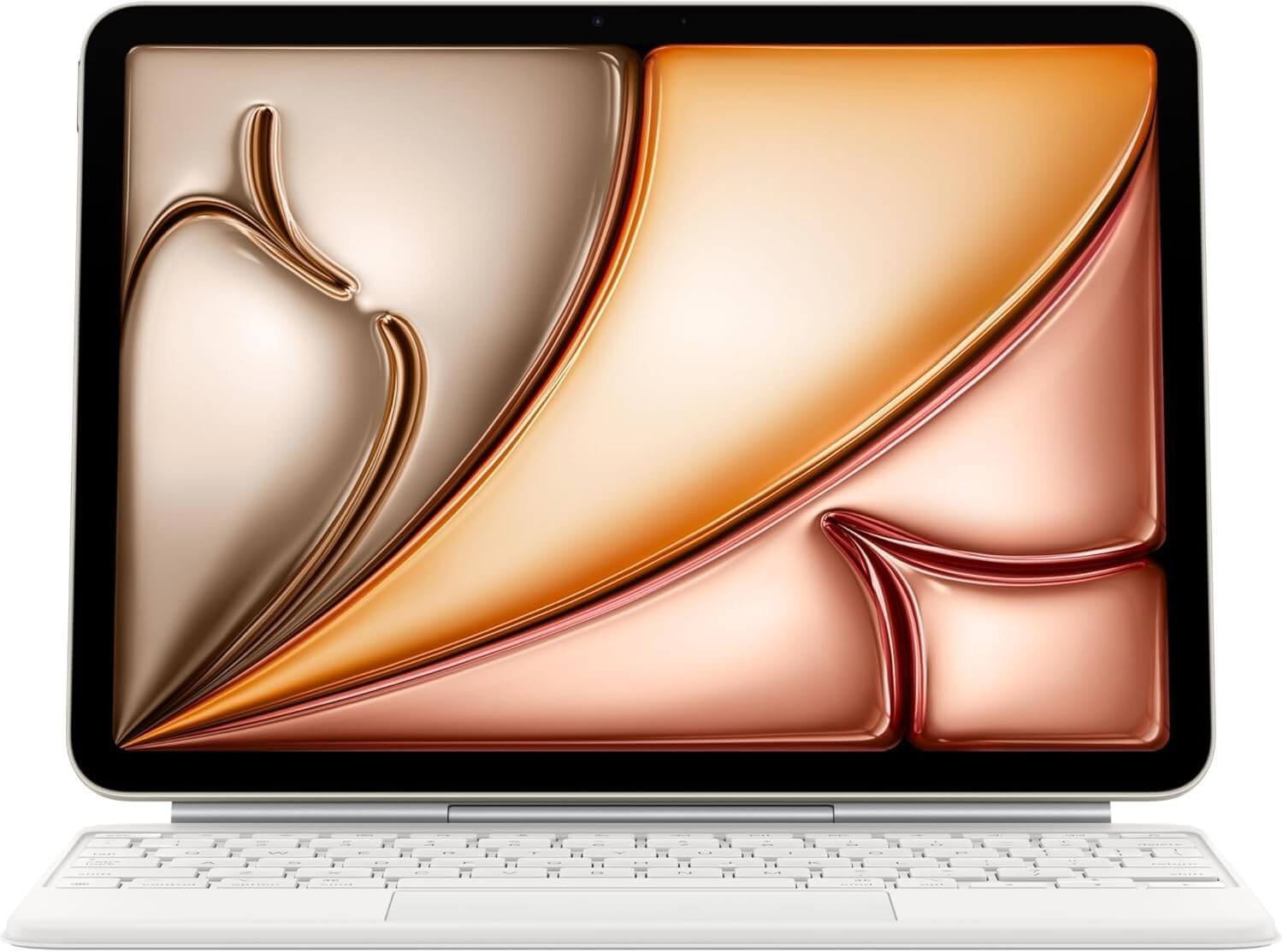Introduction to the Nikon D7500
The Nikon D7500 is a mid-range digital single-lens reflex (DSLR) camera that was introduced as a successor to the widely acclaimed D7200. This camera sits comfortably in Nikon’s lineup, targeting photography enthusiasts and semi-professional users who seek an advanced, feature-rich camera without venturing into the higher price brackets occupied by professional-grade models. With its impressive specifications, the D7500 caters to both seasoned photographers and those looking to elevate their skills.
One of the defining features of the Nikon D7500 is its 20.9-megapixel DX-format sensor, which allows for stunning image quality with exceptional detail and dynamic range. Coupled with the powerful EXPEED 5 image processor, the camera offers impressive low-light performance and rapid continuous shooting at up to 8 frames per second. This feature is particularly beneficial for capturing fast-moving subjects, making it a suitable choice for sports and wildlife photography.
The D7500 also boasts an intuitive 51-point autofocus system that ensures sharp focus even in challenging lighting conditions. Additionally, its 4K UHD video recording capabilities position it as an appealing option for videographers. The presence of built-in Wi-Fi, Bluetooth, and a tilting touchscreen enhances connectivity and usability, allowing users to share images quickly and access a range of creative options.
In terms of ergonomics, the Nikon D7500 has a robust, weather-sealed body, making it capable of withstanding diverse shooting environments. This construction provides a comfortable grip, ideal for extended use. All these elements combine to make the Nikon D7500 a well-rounded camera that stands out in the competitive DSLR market, offering a blend of performance, versatility, and user-friendly features. As we delve deeper into this review, various aspects of the D7500 will be thoroughly analyzed to uncover its strengths and potential drawbacks.
Design and Build Quality
The Nikon D7500 camera body exemplifies a thoughtful blend of modern design and functionality. Aesthetically appealing, the camera features a robust yet lightweight construction, making it an excellent choice for both amateur and professional photographers. Crafted primarily from a carbon fiber composite, the body is engineered to endure various shooting conditions. This material not only contributes to the overall weight reduction of the camera but also enhances its durability, ensuring it withstands the rigors of daily use.
Ergonomics play a crucial role in the user experience of the Nikon D7500. The camera is designed with a deep grip that allows for a secure and comfortable hold, making it easy to operate for extended periods. Photographers will appreciate the thoughtfully positioned buttons and dials, which facilitate swift access to essential functions. The camera’s layout is intuitive, accommodating both novice users and seasoned photographers. Each button is well-placed, reducing the learning curve and enhancing the overall efficiency of shooting.
Additionally, the D7500 features a tilting touch-screen LCD, providing flexibility for composing shots at various angles. This design consideration enhances creativity, allowing users to capture unique perspectives with ease. The resolution and brightness of the display ensure visibility under different lighting conditions, making it functional on outdoor shoots.
The matte finish of the Nikon D7500 further accentuates its appealing design, reducing glare while shooting in bright lights. In summary, the combination of its aesthetically pleasing build, ergonomic grip, and user-friendly layout positions the Nikon D7500 as a compelling option for those seeking a reliable and efficient DSLR. The overall quality of materials and design ensure that it stands out, both in performance and visual appeal, within a saturated market of digital cameras.
Image Quality and Performance
The Nikon D7500, equipped with a 20.9-megapixel DX-format sensor, delivers exceptional image quality that meets the needs of both amateur and professional photographers. The resolution provided by this sensor allows for crisp, detailed images, making it comparable to other leading DSLR cameras in its category. The D7500’s sensor is paired with an efficient image processing engine, the EXPEED 5, ensuring optimal performance across various shooting conditions.
One of the key highlights of the Nikon D7500 is its dynamic range capabilities. The camera performs exceptionally well across a broad range of ISO settings, from 100 to 51,200, which can be expanded to 50-1,640,000. This wide dynamic range enables photographers to capture detailed shadows and highlights, allowing greater creative control in post-processing. This is particularly beneficial for landscape photography or high-contrast scenes, where preserving detail is crucial.
Color reproduction is another strong suit of the Nikon D7500. It offers vibrant and accurate colors straight out of the camera, which is essential for maintaining the integrity of a scene. The camera features advanced image controls that allow photographers to adjust saturation, contrast, and hue, catering to individual preferences. Moreover, its ability to render skin tones authentically makes it a suitable choice for portrait photographers.
In diverse shooting conditions, the D7500 shines brightly. Its performance in low light settings is commendable, thanks to its excellent noise control, which aids in preserving image quality even at higher ISO settings. When photographing fast-moving subjects, the camera’s impressive autofocus system, featuring 51 focus points, ensures quick and accurate tracking, providing a significant advantage for sports and wildlife photography.
Review of the 18-140 mm VR Lens
The Nikon D7500 camera kit includes the 18-140 mm VR lens, a versatile option that covers a wide focal length range suitable for various photography styles, from landscapes to portraits. With a focal length equivalent to 27-210 mm in 35mm terms, this lens provides a useful zoom capability, allowing photographers to capture both expansive scenes and close-up subjects with relative ease. The versatility of the lens makes it an excellent choice for both amateur and professional photographers who wish to travel light without compromising on quality.
One of the standout features of the 18-140 mm lens is its Vibration Reduction (VR) technology, designed to minimize the effects of camera shake. This is particularly beneficial when shooting at longer focal lengths or in low-light conditions, where camera stability becomes crucial for producing sharp images. Users will appreciate the way VR enhances the overall shooting experience, providing additional confidence in capturing clear images even in challenging environments.
In terms of image quality, the 18-140 mm lens delivers impressive sharpness across its focal range, exhibiting minimal chromatic aberration, especially at the wider apertures. Photographers can expect pleasing bokeh, with the lens producing a smooth and aesthetically pleasing background blur that enhances the overall composition of portraits or macro shots. However, like any zoom lens, there are certain distortions at the extremes of its range, but these can be effectively corrected in post-processing. Pairing this lens with the Nikon D7500 body enables users to leverage the camera’s advanced image processing capabilities, ensuring that the final images are well-balanced and vibrant. Overall, the 18-140 mm VR lens proves to be a robust companion for the D7500, providing versatility, reliability, and quality that enhances the photographic experience.
Autofocus System and Shooting Speed
The Nikon D7500 is equipped with a sophisticated autofocus system that significantly enhances its usability for various photography scenarios, including action and wildlife photography. The camera features a Multi-CAM 3500 II autofocus sensor, which offers an impressive 51 focus points. Out of these, 15 are cross-type, providing improved accuracy in a range of lighting conditions. This system allows for effective subject tracking, ensuring that fast-moving subjects remain sharp and in focus, which is particularly advantageous for sports and wildlife photographers who often work in dynamic environments.
The performance of the autofocus system in the Nikon D7500 is further accentuated by its advanced tracking capabilities. The camera employs 3D tracking, which utilizes color and distance information to follow subjects as they move within the frame. This technology is vital when photographing unpredictable subjects, as it ensures consistent focus accuracy even when they abruptly change direction or speed. Additionally, photographers can customize the autofocus settings to suit different scenarios, thereby maximizing flexibility and responsiveness in varying light conditions.
In terms of shooting speed, the Nikon D7500 excels with its capability to shoot continuously at a rate of up to 8 frames per second (fps). This burst shooting feature plays a crucial role in action photography, allowing users to capture a series of images in rapid succession. Whether you are photographing athletes in motion or wildlife in their natural habitat, this impressive shooting speed significantly increases the chances of capturing that decisive moment. The D7500’s buffer can hold up to 50 RAW images in a single burst, further enhancing its performance during high-speed shooting sessions. Overall, the Nikon D7500’s autofocus system and rapid shooting speed make it an excellent choice for photographers seeking reliability and versatility in challenging shooting conditions.
Video Capabilities
The Nikon D7500 is equipped with impressive video capabilities that cater to both amateur and professional videographers. It supports a maximum video resolution of 4K UHD, offering a stunning output of 3840 x 2160 pixels at 30 frames per second. The ability to shoot in this resolution significantly enhances video clarity and detail, providing users with the tools necessary to create high-quality content.
In addition to 4K, the D7500 also offers various Full HD (1080p) options, allowing frame rates of up to 60 frames per second. This versatility ensures that videographers can choose the appropriate settings to match their creative vision. The camera further accommodates slow-motion recording at 120 frames per second in 1080p, giving users the ability to produce cinematic footage with exquisite detail during fast action sequences.
The available video formats include MOV and MP4, which are widely compatible with most editing software. The D7500 offers the option to record in N-Log, an advanced flat color profile perfect for post-production work. This feature provides greater dynamic range and better color grading flexibility, invaluable for serious videographers aiming for high-caliber content creation.
When it comes to audio, the Nikon D7500 does not disappoint. It offers a built-in stereo microphone along with a 3.5mm jack for external microphones, ensuring improved sound capture quality. Additionally, users can monitor audio levels in real-time through the camera’s display, allowing for precise adjustments during recording sessions.
Furthermore, the D7500 boasts advanced features such as time-lapse and interval shooting, empowering users to create dynamic sequences with minimal effort. With these comprehensive video capabilities, the Nikon D7500 stands out as a versatile camera for those who prioritize video quality alongside traditional photography.
User Interface and Connectivity
The Nikon D7500 showcases a well-designed user interface that prioritizes ease of use, accommodating both amateur and seasoned photographers. The camera is equipped with a 3.2-inch tilting touchscreen display, which enhances menu navigation and image review capabilities. This touch functionality allows users to select autofocus points and access settings by simply tapping the screen, streamlining the shooting process. The display is clear and responsive, making adjustments effortless even in challenging lighting conditions.
Navigation through the camera’s extensive menu system is facilitated by a logical layout. Users can access shooting modes, custom settings, and camera configurations with minimal effort, ensuring a smooth workflow. The D7500 also incorporates a customizable control layout, allowing photographers to assign frequently used functions to dedicated buttons for quicker access, further enhancing user experience.
Regarding connectivity, the Nikon D7500 excels with its robust options. Integrated Wi-Fi and Bluetooth capabilities enable seamless sharing of images and remote control functionality via the Nikon SnapBridge app. This connectivity feature allows users to transfer files to smartphones or tablets, facilitating on-the-go sharing. Additionally, photographers can utilize the app for remote shooting, making it convenient to capture images from difficult angles or to participate in group shots without being in front of the camera.
The camera’s connectivity options extend beyond just smartphones. The D7500 supports various accessories and external devices, ensuring compatibility and enhancing the overall shooting experience. With a range of ports for HDMI and USB connections, users can easily link the camera to displays or external storage solutions. This versatility underscores the D7500’s design philosophy, focused on providing a comprehensive tool for photography enthusiasts.
Comparison with Competitors
The Nikon D7500 is a robust contender in the DSLR market, particularly when looking at it in relation to its primary competitors, which include models from Canon and Sony. An essential advantage of the D7500 lies in its excellent image quality, largely attributed to its 20.9-megapixel sensor, which produces stunning images even in challenging lighting conditions. In contrast, Canon’s EOS 77D, while slightly less powerful in terms of megapixels at 24.2, boasts an intuitive interface that can appeal to beginners and those transitioning from compact cameras. However, the D7500 exceeds in burst shooting capabilities, allowing continuous shooting at approximately 8 frames per second, compared to Canon’s 6 frames per second, making it a better choice for capturing fast action shots.
Switching over to Sony, the Alpha A6500 offers an impressive focus system and real-time eye autofocus, which is a significant advantage for portrait photographers. Nevertheless, the Nikon D7500 features Nikon’s 51-point autofocus system, providing reliable performance across diverse scenarios. Furthermore, the D7500 supports a wider range of lenses, benefiting those who desire versatility in their photographic endeavors.
Battery life is another crucial consideration for users. The D7500 can capture up to 950 shots on a single charge, significantly outperforming the EOS 77D’s 600 shots. Such endurance can be particularly appealing for travel photographers or anyone looking to shoot for extended periods without frequent battery changes.
Ultimately, while the Nikon D7500 has its strengths, potential buyers should weigh their specific needs against the features offered by competitors. Canon and Sony cameras offer distinct advantages, particularly in user interface and autofocus, respectively. Therefore, prospective users must consider their priorities—be it image quality, shooting speed, or battery life—when making a decision in this competitive market.
Conclusion and Final Thoughts
In assessing the Nikon D7500 camera body paired with the 18-140 mm VR digital DSLR kit, it is clear that this model stands as a robust option for both enthusiastic amateurs and seasoned photographers. The D7500 boasts impressive features, including a 20.9-megapixel sensor, 4K video capabilities, and a reliable autofocus system. These attributes contribute to its versatility, allowing users to capture high-quality images in a variety of settings, whether it be in low-light conditions or fast-paced environments.
One of the standout strengths of the Nikon D7500 is its image quality. The camera’s ability to deliver sharp, vibrant photos even at higher ISO settings is commendable, making it suitable for different photography styles, including landscapes, portraits, and sports. Additionally, the well-designed ergonomic structure allows for comfortable handling, which enhances the overall shooting experience. The inclusion of the 18-140 mm lens further enriches this package, providing a good range for most typical photography tasks without the need for constant lens changes.
However, it is not without its drawbacks. Some users may find the camera’s weight slightly cumbersome for extended shooting sessions, and the absence of specific advanced video features may disappoint those seeking a purely video-centric device. Furthermore, the menu system can be overwhelming for novice photographers. Therefore, potential buyers should carefully assess their needs and preferences prior to purchasing.
In summary, the Nikon D7500 presents a well-rounded option for those looking to invest in a capable DSLR. Its features cater to a broad audience, balancing performance and affordability. For aspiring photographers keen on a reliable and versatile camera for diverse shooting opportunities, the D7500 is certainly worth considering, making it a valuable addition to their photography toolkit.


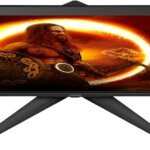

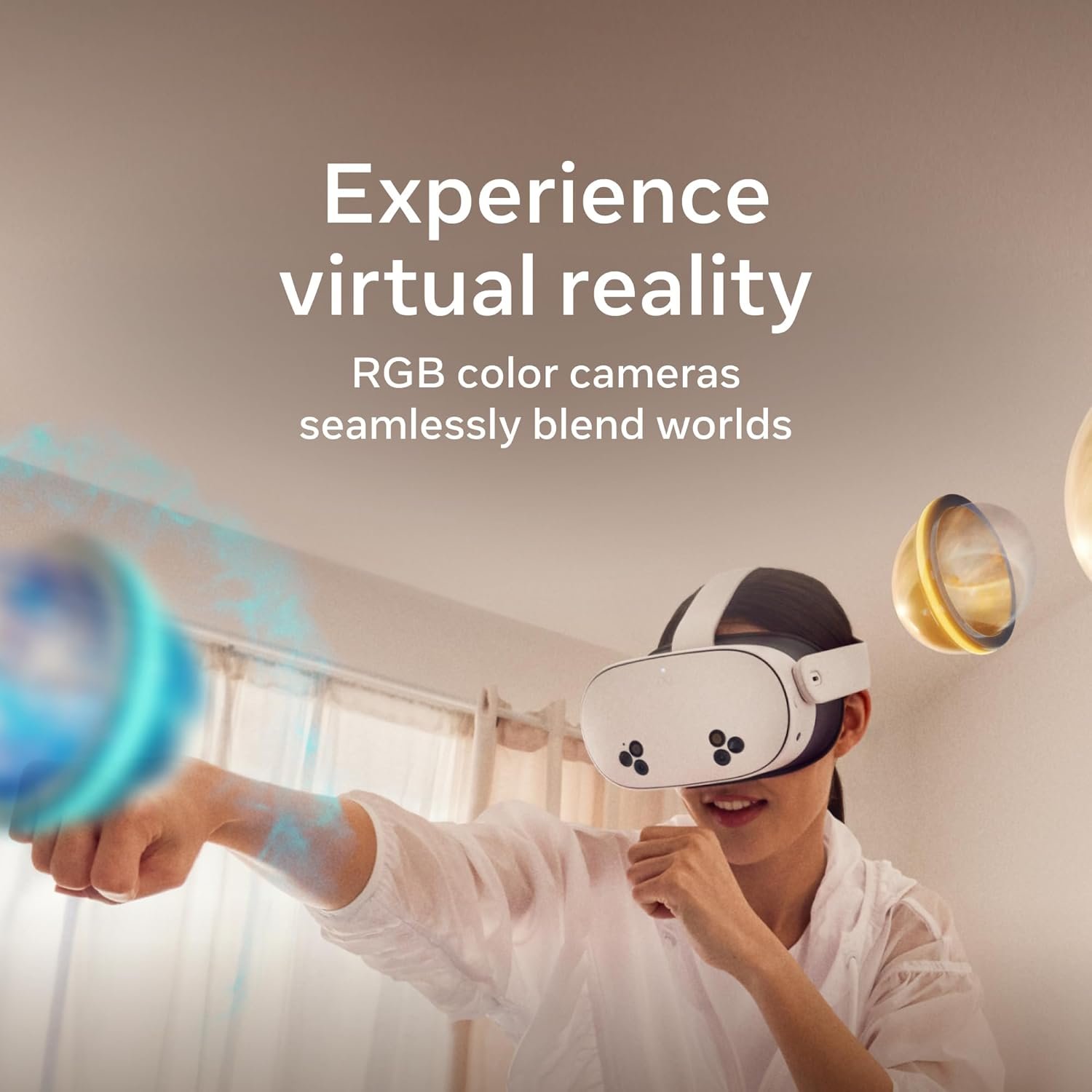


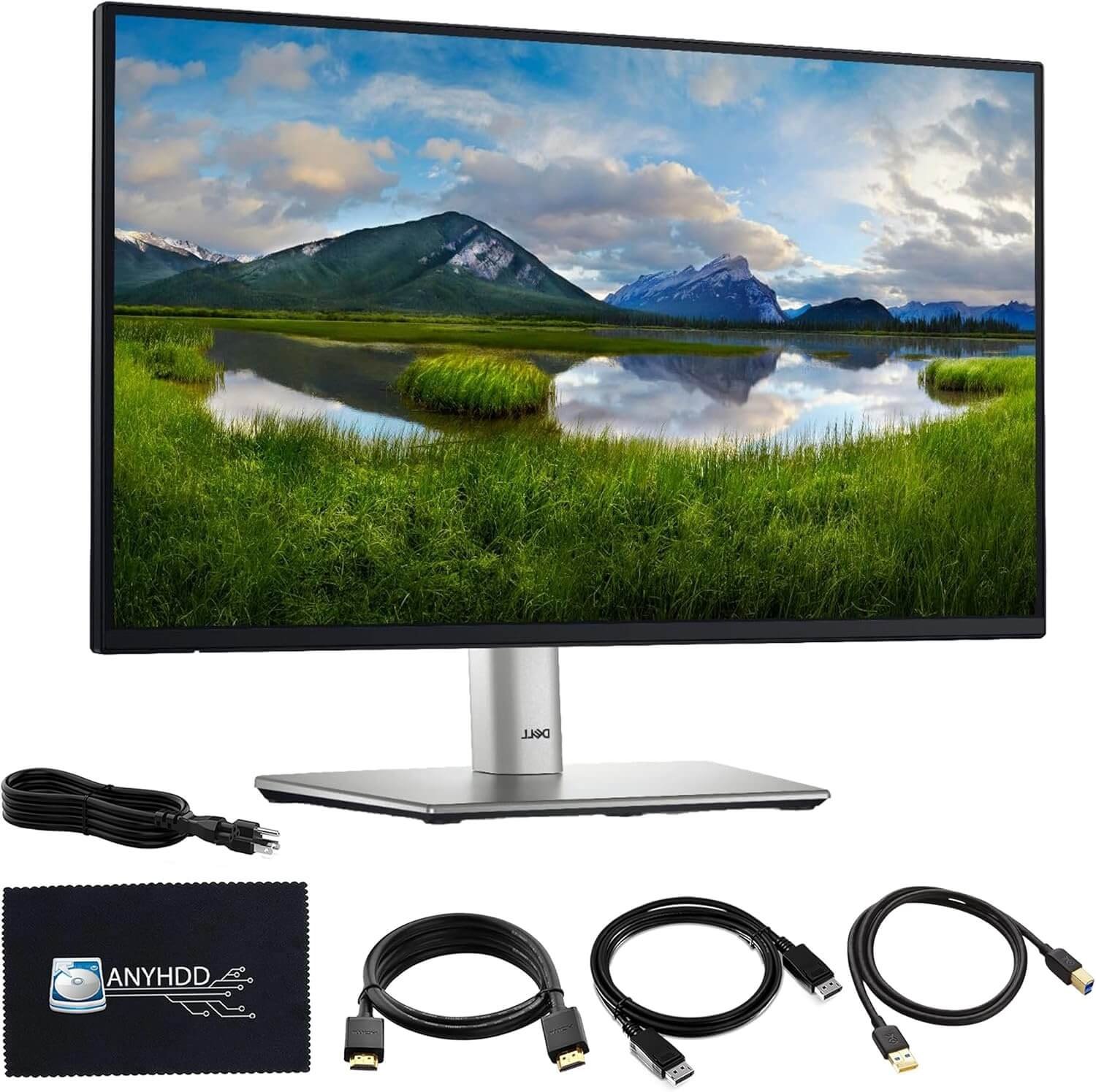
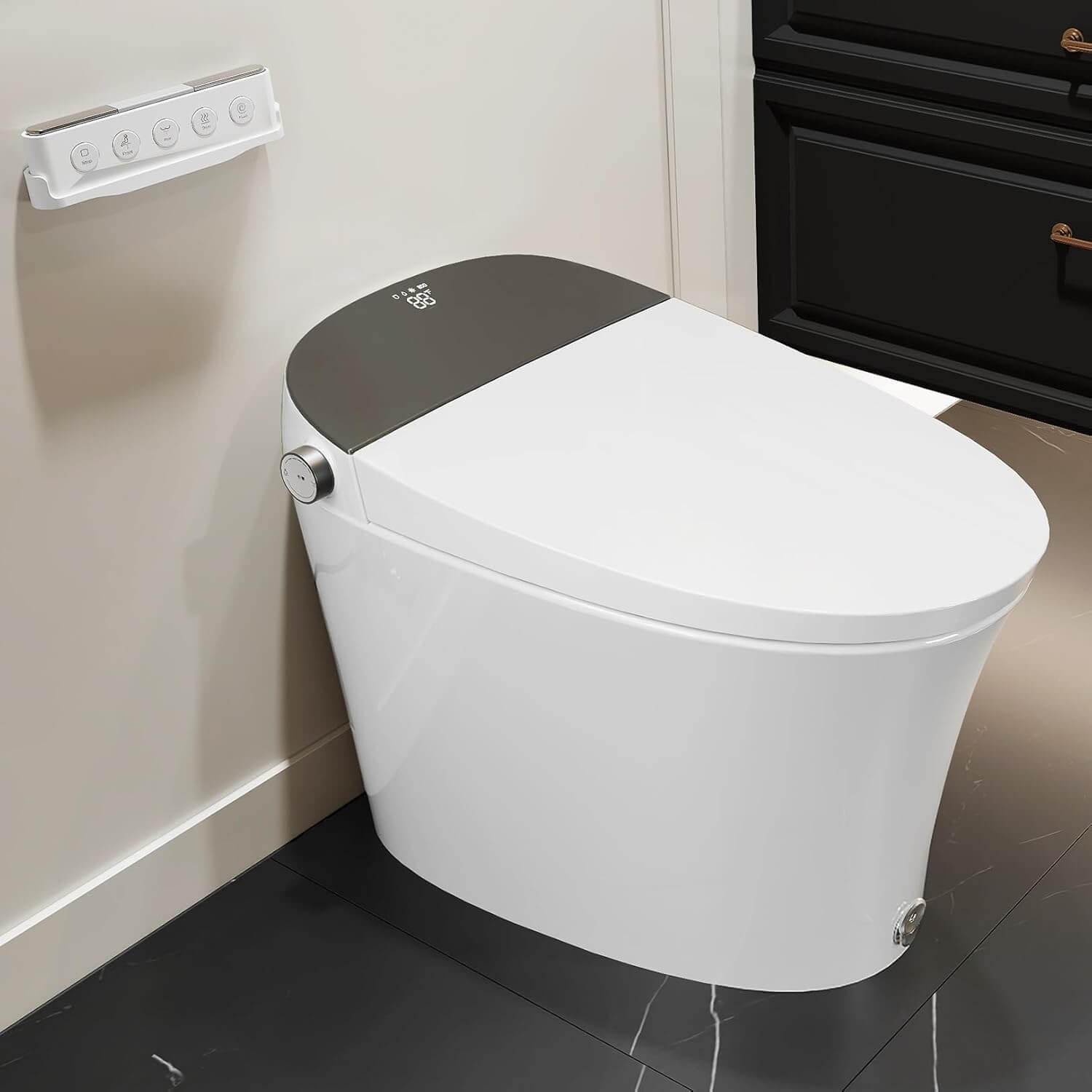
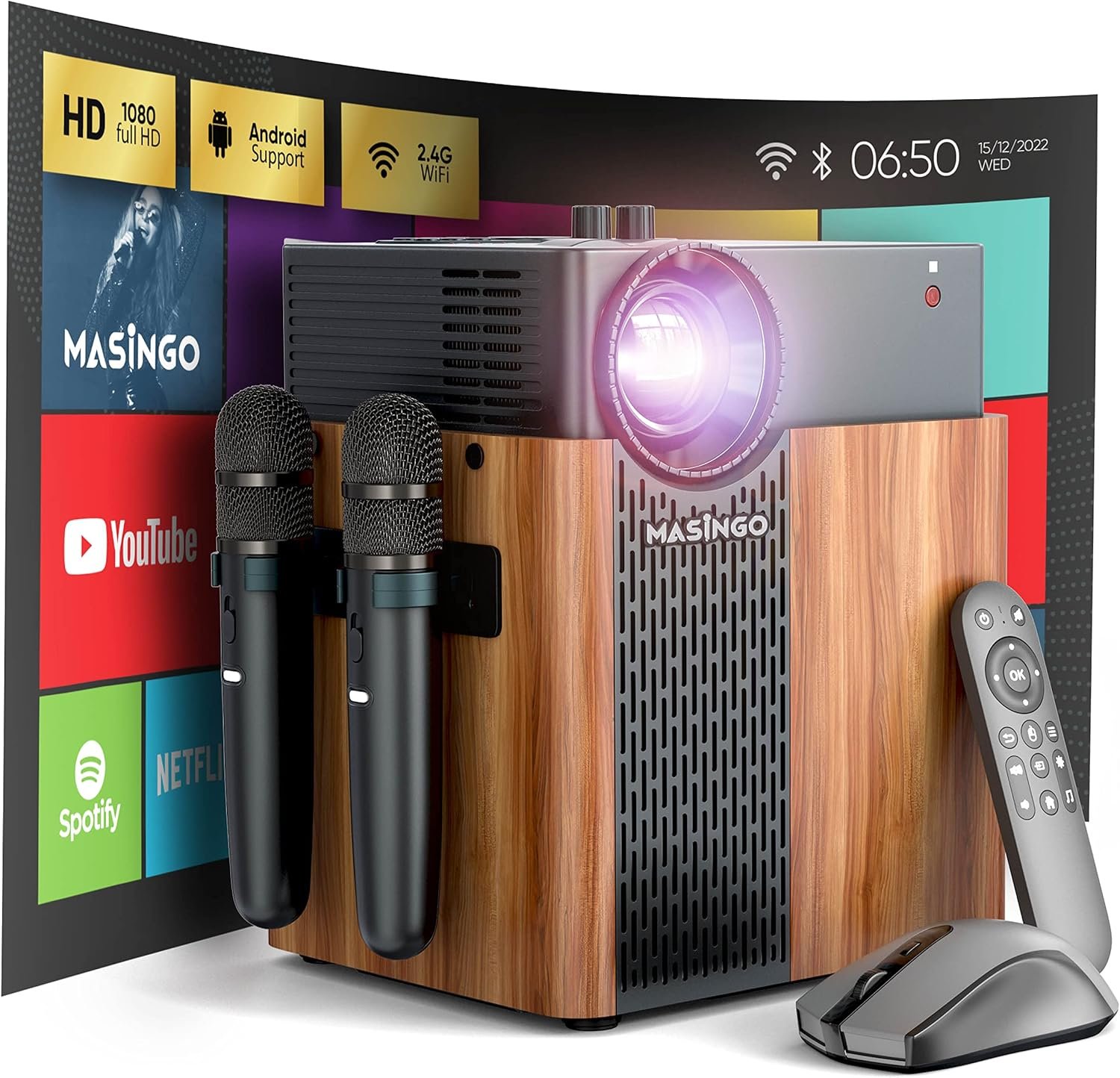
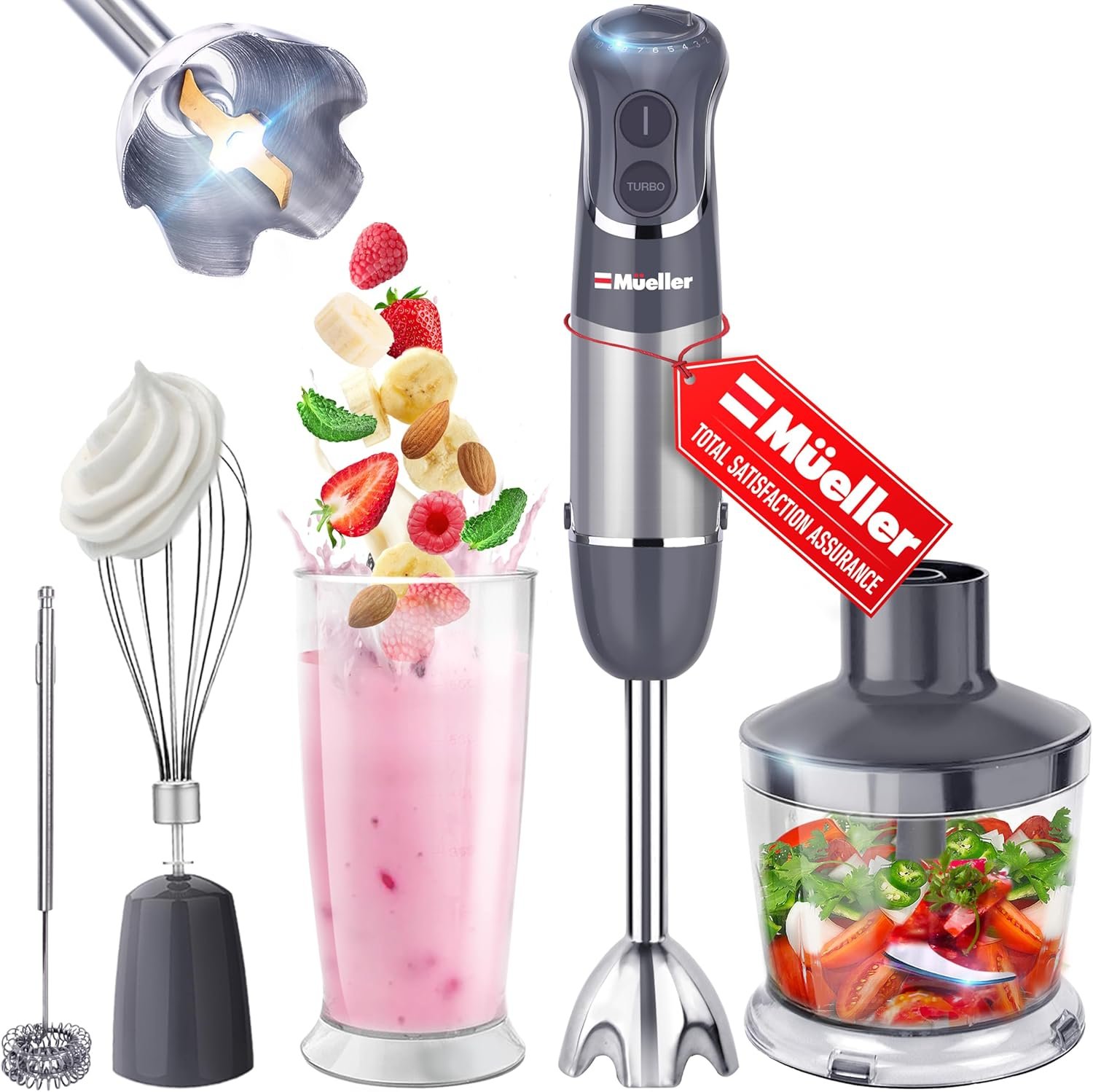
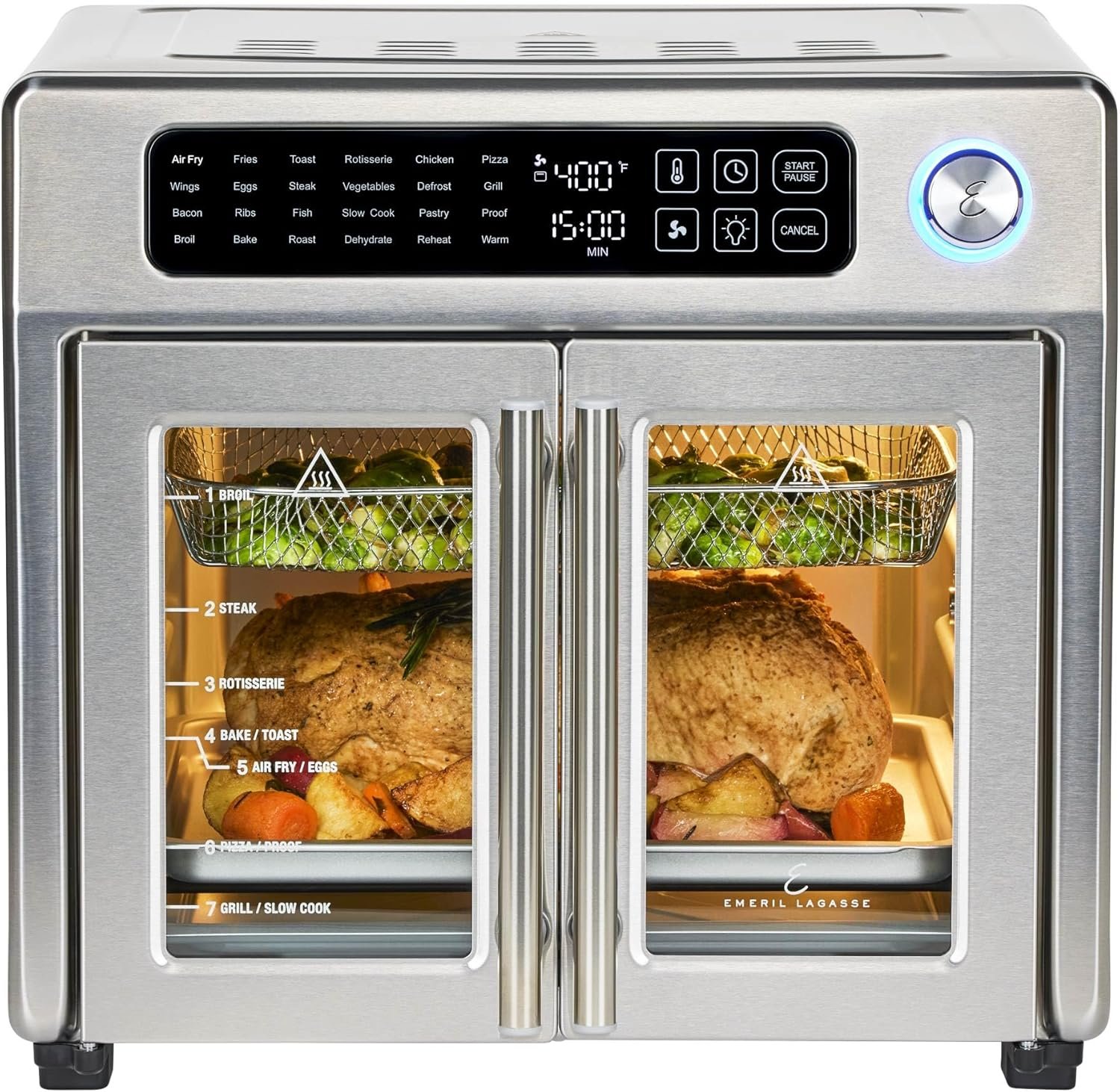


![Samsung Galaxy Buds 3 Pro AI True Wireless Bluetooth Earbuds, Noise Cancelling, Sound Optimization, Redesigned Comfort Fit, Silver [US Version, Amazon Exclusive, 2Yr Warranty]](https://ads43.co.uk/wp-content/uploads/2025/07/Samsung-Galaxy-Buds.jpg)


